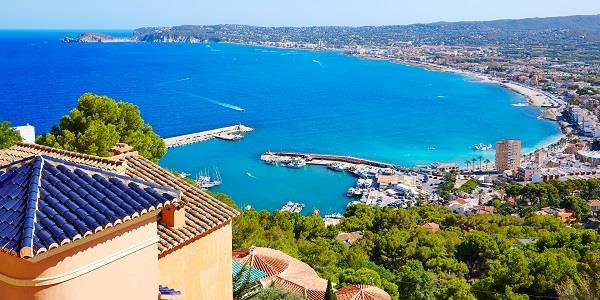
Given that the city was the birthplace of Wolfgang Amadeus Mozart, Salzburg becoming the location of what is arguably the globally pre-eminent annual festival of classical music (especially opera) was almost an inevitability.
Nonetheless, the Austrians took their time. Mozart was born in 1756 (and left for Vienna 25 years later); but it wasn’t until 1920 that the Salzburg Festival became a ‘thing’. Salzburgers had feted their most famous son for years before, of course; but no-one had hitherto thought to hold a yearly classical jamboree – featuring the best orchestras, the best virtuosos and the best conductors, playing works universally acknowledged as the best of the classical canon – in his birthplace.
And what a birthplace it is. I wish I’d coined this phrase, but it’s worth repeating: in Salzburg, ‘if it ain’t Baroque, don’t fix it.’ The city is small, but perfectly formed – a gem of a place, dominated by castles, churches and palaces. Its picturesque old town is a UNESCO World Heritage Site.
Overlooking all is the Hohensalzburg Fortress, Central Europe’s biggest intact fortress, with fantastic views of the city. The Princely Residence, meanwhile, is a magnificent early-Baroque edifice with splendid halls and a gallery featuring 16th to 19th-Century European art. The nearby vast Salzburg Dom is without doubt the main attraction of the old town. Inside there is the Romanesque font where Mozart was baptised.
Getreidegasse is Salzburg’s most attractive and most visited shopping street, and includes the house where Mozart was born. Another highlight is the Mirabell Palace, with stunning gardens designed by the Baroque master builder Lukas von Hildebrandt.
Aside from spawning one of the great musical geniuses, Salzburg’s other, more recent, claim to fame is The Sound of Music. Much of the outdoor footage for the 1965 musical blockbuster was filmed in and around the city, and there is no shortage of tour operators eager to take you to visit these iconic locations. Just Google ‘Sound of Music tours’ and you’ll see what I mean. A tip, however: though the tours run all year round, I’d save it for summertime. Not only is the weather warmer (obviously); you’ll also see the sites as they appeared in the movie, rather than buried under a blanket of snow! Besides which – if there’s a carpet of white on the mountains, wouldn’t you rather be skiing?
Mozart, The Sound of Music, fabulous Christmas markets (see earlier blog), beautiful architecture and a year-round epicentre of high culture: Salzburg is worth a visit at any time – and easily accessed from the Alpine resort village of Viehhofen, just 50 or so miles due south.
But it’s from late July and throughout August that the city really hits the high notes, with the annual Salzburg Festival.

Apart from a now-traditional performance of festival co-founder Hugo von Hofmannsthal’s play Jedermann, the 21st-Century Salzburg Festival concentrates on opera (though ballet is slowly gaining a toehold). Wolfgang Amadeus features heavily in the 2018 programme as you might expect – The Magic Flute is this year’s featured opera, plus many other pieces – but other composers are well represented too, including Beethoven, Schumann, JS Bach, Richard Strauss, Liszt and Mahler, and lesser-known tunesmiths such as Krzysztof Penderecki and Galina Ustvolskaya. Conductors include Boston Symphony Orchestra musical director Andris Nelsons and his counterpart at the Montreal Symphony Orchestra Kent Nagano. The Vienna Philharmonic will perform, and opera stars including Matthias Goerne and Albina Shagimuratova will grace the stage of the Salzburg Grosses Festspielhaus. Full details (in English) of all 2018 Festival performances can be found by clicking here.
At the time of writing, the festival organisers are being coy about who’s on the bill in 2019 (and beyond) – but in a way, that hardly matters. The Salzburg Festival is among the greatest celebrations of classical music and opera anywhere in the world; it takes place every August; and music-lovers who are fortunate enough to be holidaying nearby at that time should make a beeline for the ‘salt fortress’.

